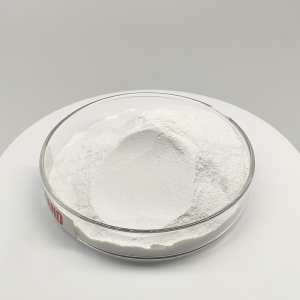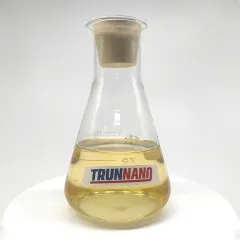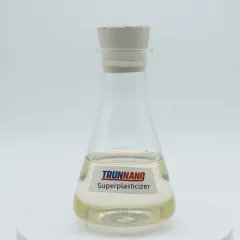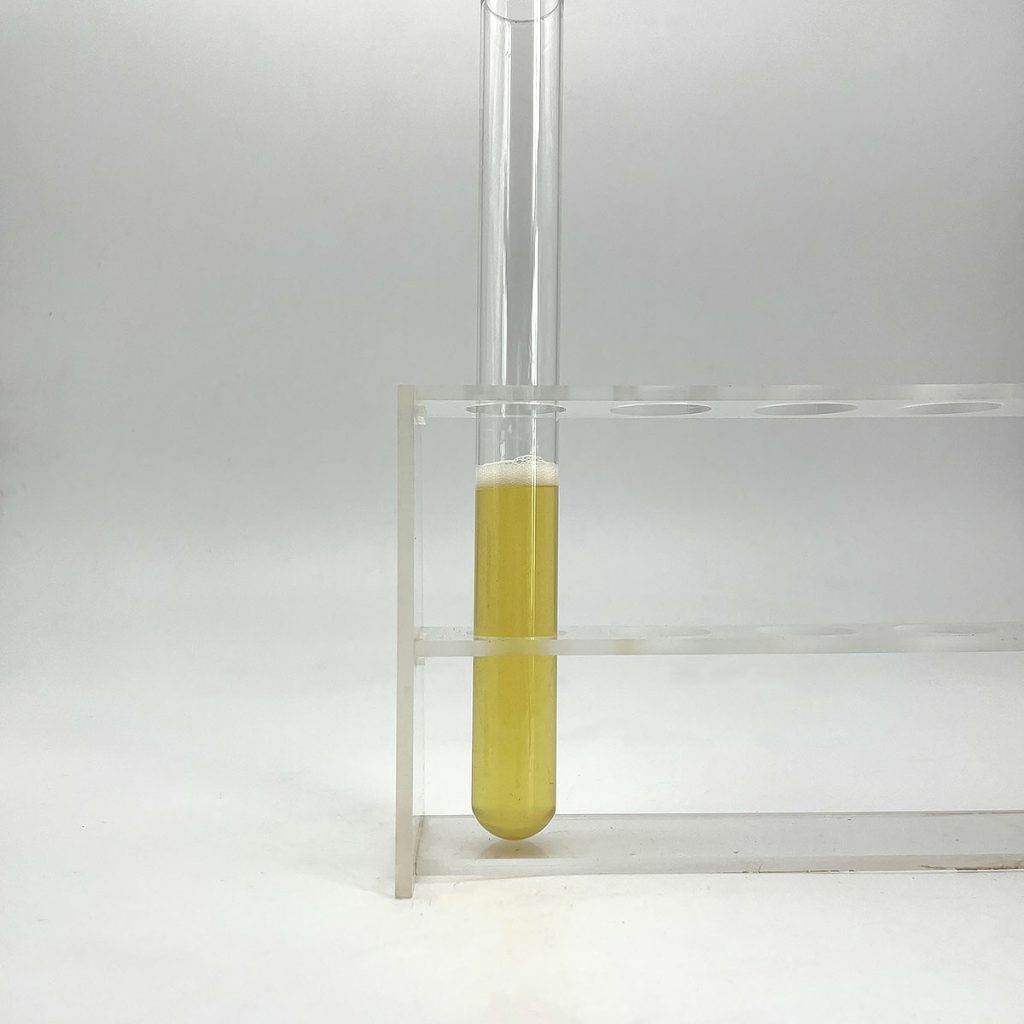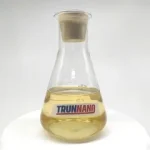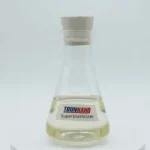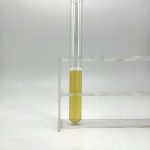Professional solutions on concrete addtives, Concrete Foaming Agent, Superplasticizer, CLC Blocks Additives, and foaming machine
PRODUCT PARAMETERS
Description
Introduction of Slow Setting Type Polycarboxylate Superplasticizer Liquid
Polycarboxylic acid high-performance water-reducing agent (retardant type) is a retarding-type water-reducing agent. It uses polycarboxylic acid high-performance water-reducing agent, retardant and plastic retaining agent as the main components, and is compounded with other Made of functional production additives, it has a retarding and plastic-preserving effect on concrete. It can greatly improve the workability of concrete mixtures, reduce water, segregate bleeding, and reduce the heat of hydration, giving concrete high density and volume stability.
Polycarboxylic acid high-performance water-reducing agent is suitable for pumping concrete, commercial concrete, high-fluid concrete, impermeable concrete, slip form construction, etc., and has a long-term slump-preserving effect.
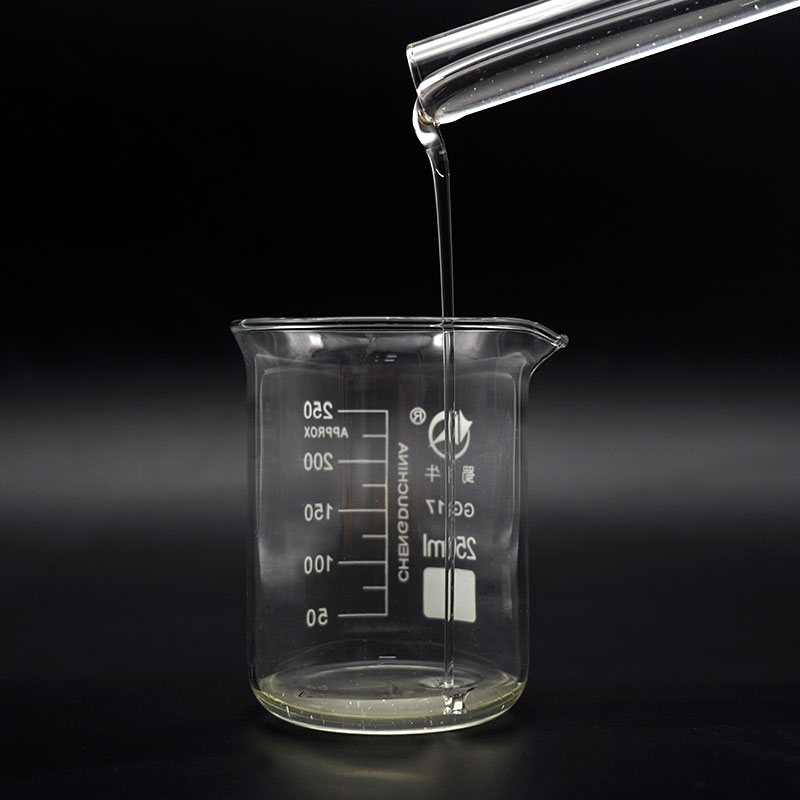
Introduction of Slow Setting Type Polycarboxylate Superplasticizer Liquid
Polycarboxylic acid high-performance water-reducing agent (retardant type) is a retarding-type water-reducing agent. It uses a polycarboxylic acid high-performance water-reducing agent, retardant and plastic retaining agent as the main components and is compounded with other Made of functional production additives; it has a retarding and plastic-preserving effect on concrete. It can greatly improve the workability of concrete mixtures, reduce water, segregate bleeding, and reduce the heat of hydration, giving concrete high density and volume stability.
Polycarboxylic acid high-performance water-reducing agent is suitable for pumping concrete, commercial concrete, high-fluid concrete, impermeable concrete, slip-form construction, etc., and has a long-term slump-preserving effect.
Features of Slow Setting Type Polycarboxylate Superplasticizer Liquid
High water reduction rate: Within the commonly used dosage range, the saturated water reduction rate can reach 45%.
High workability: It can effectively increase the fluidity of concrete and reduce bleeding and segregation, thereby improving the workability of concrete and making it easier to construct and compact. The resistance during pumping construction is small and easy to transport.
Efficient slump retention: Fluid concrete prepared with retardant water-reducing admixture has basically no loss in slump within 2 hours.
High durability: Increase the density of concrete and significantly improve the impermeability, frost resistance and carbonation resistance of concrete.
Low shrinkage rate: The 28-day shrinkage rate of hardened concrete is 20% lower than that of the second-generation water-reducing agent, which can significantly reduce the shrinkage of concrete and improve the volume stability and durability of concrete.
Strong adaptability: good compatibility with various types of cement, fly ash, slag and other admixtures.
Good stability: no stratification, no precipitation during long-term storage, and no crystallization in winter.
High economy: It can reduce cement consumption by 20% and reduce the comprehensive project cost.
Green and environmentally friendly: non-toxic, non-irritating, non-radioactive, non-flammable and non-explosive dangerous goods, and will not cause corrosion of steel bars.
Parameter of Polycarboxylate Superplasticizer
| Technical indicators | Standard requirements | Test results | |
| Appearance | Transparent liquid | Transparent liquid | |
| Water reduction rate/% | ≥25 | 28 | |
| Chloride ion content/% | ≤0.10 | 0.02 | |
| Total alkali content (Na2O+0.658K2O)/% | ≤10 | 1.2 | |
| pH value | 6-8 | 6.8 | |
| Density/(g/cm3) | 1.03±0.020 | 1.032 | |
| Coagulation time | Initial setting | +90~+180 | +90 |
| Final setting | – | ||
| Compressive strength ratio/% | Meet the standard requirements | Qualified | |
| Implementation standard: GB/T8076-2008 “Concrete Admixtures” | |||
Applications of Slow Setting Type Polycarboxylate Superplasticizer Liquid
Ready-Mix Concrete: Slow-setting PCEs allow for extended transportation times and placement periods, which is beneficial for large-scale projects or when concrete needs to be delivered over long distances. This ensures that the concrete remains workable and flowable until it reaches the job site.
High-Strength Concrete: In high-strength concrete mixes, where the cement content is higher, and hydration rates are faster, slow-setting superplasticizers can extend the working window, making it easier to place and consolidate the concrete while maintaining its strength properties.
Mass Concrete: For mass concrete pours, such as foundations or large slabs, slow-setting admixtures help in managing the exothermic reaction of cement hydration, reducing the risk of thermal cracking due to rapid heat generation.
Precast Concrete: In precast operations, where concrete is poured into molds and then removed after curing, slow-setting PCEs can provide the necessary workability and delay setting times to ensure proper consolidation and surface finish.
Tunneling and Underground Construction: In tunneling and underground construction, concrete often needs to remain workable for extended periods to accommodate the unique challenges of placing concrete in confined spaces or at great depths.
Hot Weather Concreting: During hot weather, concrete can set much faster, leading to issues with workability and placement. Slow-setting superplasticizers can mitigate these problems by slowing down the setting process, ensuring that the concrete can be placed correctly even in high temperatures.
Decorative and Architectural Concrete: For decorative or architectural concrete applications where precise finishing is required, the extended workability provided by slow-setting PCEs can be crucial for achieving the desired aesthetic results.
Self-Consolidating Concrete (SCC): SCC requires a high degree of fluidity to flow into all parts of a formwork without segregation. Slow-setting superplasticizers help maintain this fluidity over longer periods, ensuring that the concrete can self-consolidate effectively.
Instructions for Using Slow Setting Type Polycarboxylate Superplasticizer Liquid
1) Depending on the type, dosage and water-binder ratio of cement, it can be adjusted by changing the dosage. The recommended dosage of this product is 2.0%.
2) When this product is mixed with other admixtures, its compatibility and adaptability must be checked first. When replacing admixtures, pay attention to cleaning the storage utensils.
3) After applying this product, the exposed surface of the concrete should be covered with heat insulation, and watering and curing should not be allowed when temperatures are below zero.
4) If there are special requirements for this product, our company can adjust it according to customer materials and requirements.
5) This product is chemically safe, but be careful not to accidentally eat it during transportation and use, and avoid contact with the skin and splashing into the eyes. If this happens, please rinse with plenty of water and seek medical treatment if necessary.

Company Profile
Cabr-Concrete is the global leader in Low-Density Cellular Concrete (LDCC), Celluar Light Concrete (CLC), and advanced engineered foam solutions. Known globally for its commitment to research, innovation, and applied expertise, we have been providing engineered foam solutions since the early 2012’s.
We can supply high-quality superplasticizer such as Naphthalene Superplasticizer, HPEG 2400 Polycarboxylate Superplasticizer, High slump retaining type polycarboxylate superplasticizer admixture, Polycarboxylate Ether superplasticizer and other Concrete superplasticizer all over the world.
The company has a professional technical department and quality supervision department, a well-equipped laboratory, and equipped with advanced testing equipment and after-sales customer service center.Send us an email or click on the needed products to send an inquiry.
If you want to know more about Slow Setting Type Polycarboxylate Superplasticizer Liquid, please feel free and contact us: sales@cabr-concrete.com

Packaging and storage of Slow Setting Type Polycarboxylate Superplasticizer Liquid
1) This product is packaged and transported in sealed ton barrels or 200-liter plastic barrels;
2) This product should be stored in a sealed manner, not mixed with other chemical products, and should be kept away from sunlight exposure. The storage temperature should be above 0°C, and the shelf life is six months at room temperature;
3) If the shelf life is exceeded, it can only be used after passing the trial fitting inspection by a professional engineer. Waste products can be disposed of as normal chemicals.
Payment
T/T, Western Union, Paypal, Credit Card etc.
Shipment
By air, by sea, by express, as customers request.
FAQ
Q: How does a slow-setting superplasticizer differ from a regular one?
A: While both types improve workability and reduce water demand, a slow-setting variant specifically targets the delay of the initial and final setting times of concrete, giving constructors more time to work with the material without compromising on strength development.
Q: Can slow-setting superplasticizers affect the strength of concrete?
A: Properly formulated slow-setting superplasticizers should not negatively impact the ultimate strength of the concrete. However, it’s important to follow manufacturer recommendations regarding dosage and mixing to ensure optimal performance.
Q: Are there any environmental benefits to using slow-setting superplasticizers?
A: Yes, by reducing the need for retempering and allowing for better consolidation, these admixtures can contribute to more uniform and denser concrete, potentially leading to enhanced durability and sustainability. Additionally, the reduction in the water-cement ratio can lead to more eco-friendly mixes with lower CO2 emissions.
Q: How do I store a slow-setting polycarboxylate superplasticizer?
A: Store the superplasticizer in a cool, dry place away from direct sunlight and heat sources. Ensure the container is tightly sealed to prevent contamination and evaporation. Follow the storage instructions provided by the manufacturer for best results.
Q: Can slow-setting superplasticizers be used in all types of concrete?
A: Generally, they can be used in various types of concrete, including normal, high-strength, and self-consolidating concrete. However, compatibility with specific cement types, aggregates, and other admixtures should be verified through testing.
Q: How do I determine the correct dosage of a slow-setting superplasticizer?
A: The dosage depends on the specific requirements of the concrete mix design, the ambient conditions, and the duration of workability needed. Manufacturers typically provide dosage guidelines, but adjustments may be necessary based on trial mixes and field conditions.
Q: Are there any safety precautions I should take when handling slow-setting superplasticizers?
A: Yes, always handle these chemicals with care. Wear appropriate personal protective equipment (PPE), such as gloves and goggles, and avoid skin and eye contact. In case of accidental exposure, rinse thoroughly with water and seek medical advice if necessary. Keep the product out of reach of children and pets.
Q: How do I dispose of unused or expired slow-setting superplasticizer liquid?
A: Dispose of the product according to local regulations concerning hazardous waste. Do not pour it down drains or into the environment. Contact your local waste management authority for proper disposal instructions.
REQUEST A QUOTE
RELATED PRODUCTS
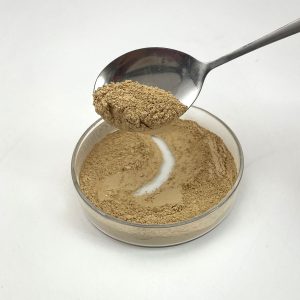
Naphthalene based Superplasticizer Concrete Admixture SNF Superplasticizer
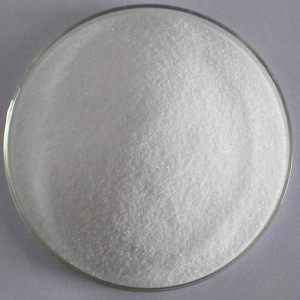
Lightweight concrete nano-modifier
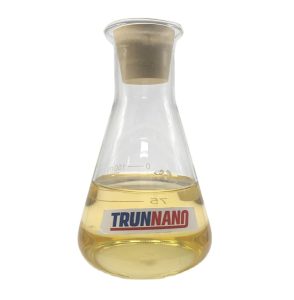
Polycarboxylate Superplasticizer Liquid Polycarboxylic Acid High Performance Water Reducing Agent Early Strength Type Liquid Concrete Water Reducing Agent
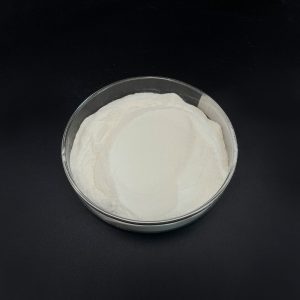
Polycarboxylic Acid High Performance Powder Water Reducer Polycarboxylate Superplasticizer Powder

Polycarboxylate Superplasticizer Liquid olycarboxylic Acid High Performance Liquid Water Reducing Agent
